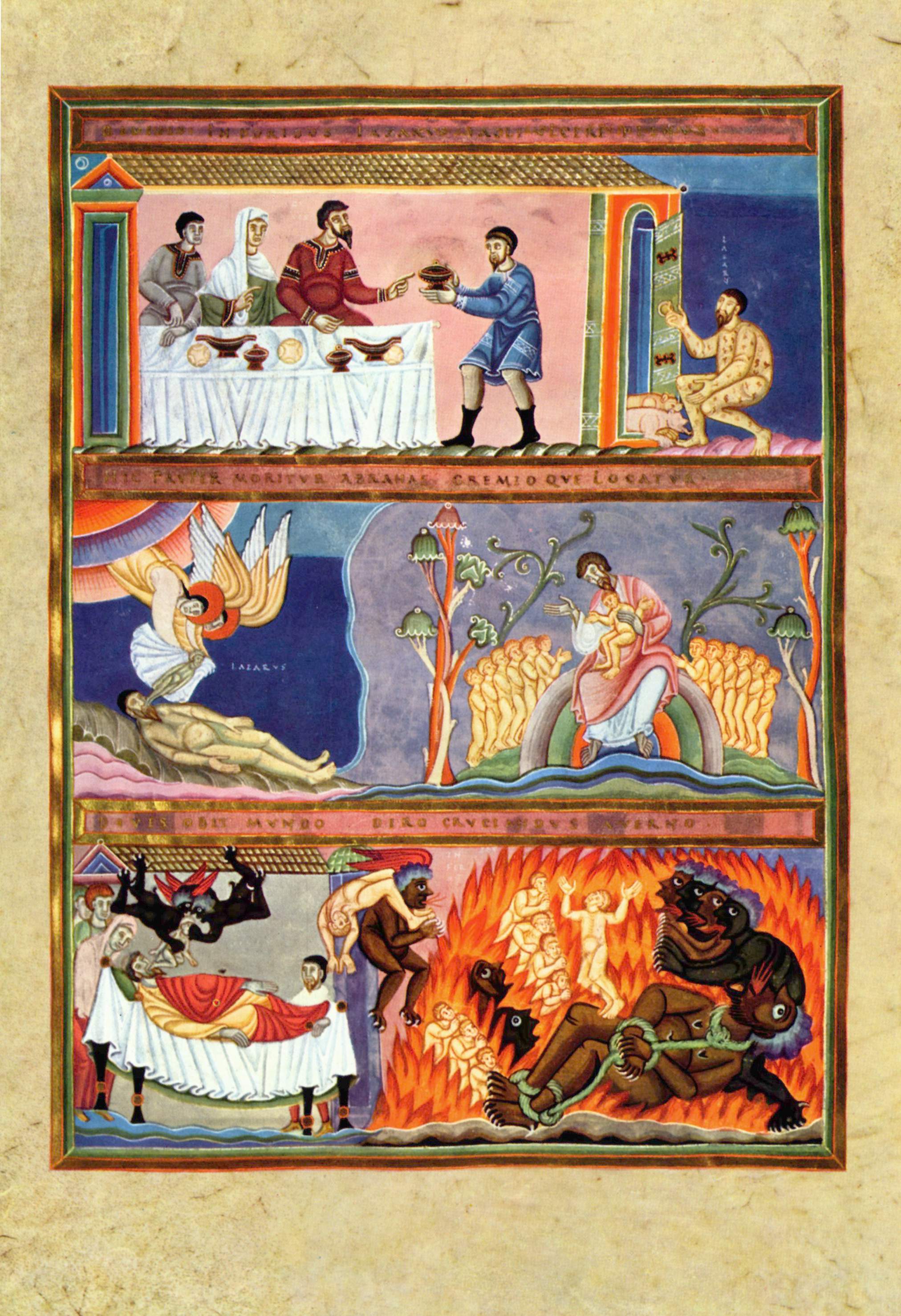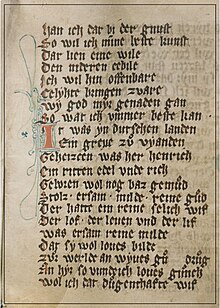Much of the earliest art forms were in sculptures
in the Roman style. Greek and Roman mythology often played an important part of
their artistic influences during the antiquity years. Besides stone and
terracotta, bronze was also a common medium used for sculptures.
Religious artwork like the Codex of Aureus of
Echternach, which was an illuminated Gospel, was also among the most common
works of art during the 10th-12th centuries. The Codex of
Aureus is probably the most famous from this time period.
 |
| Van der Meulen |
Artists during the 16th began utilizing
different styles, mediums, and subjects for their art. Landscapes began to
become popular, and what better scenery than the City of Luxembourg itself. No
matter the artist or artistic style, the city has drawn artists from all over
to paint and sketch its surroundings and cityscape, albeit a much smaller
cityscape back then.
 |
| Jean-Baptiste Fresez |
By the time the 19th century rolled
around, artists began to take pride in being Luxembourgers. The people, their
clothes, the best places in the country, its culture all became the subject of
this newfound nationalistic pride. Well-known artists during this time include
Jean-Baptiste Fresez (probably the most important), Nicolas Liez (one of
Fresez’ students), and Michel Engels. Luxembourg also attracted artists from
abroad as well, such as J.M.W. Turner (British artist) and Victor Hugo (French
author and artist).
 |
| Nico Klopp |
The early 20th century brought forth a
period of great creativity among Luxembourger artists. Although artists were
introduced to a number of arts movements that were popular throughout Europe at
the time, many Luxembourger artists gravitated toward expressionism and impressionism.
Watercolors seem to be a favorite medium for many painters. Throughout the
latter part of the 20th century, many artists began to break from
the mold and push the boundaries of their art. Surrealism and abstract art
began to drift into the art coming from their studios. Artists who made a name
for themselves during the 20th century include Joseph Kutter
(considered the most successful painter in Luxembourg), Dominique Lang
(impressionist painter), Nico Klopp (post-impressionist paintings of the Moselle
River), Frantz Seimetz (impressionist portraits and landscapes), Sosthène Weis
(created over 5000 watercolor paintings, mostly of the city of Luxembourg),
Claus Cito (sculptor), Emile Kirscht (abstract artist who worked with
acrylics), Michel Stoffel (prominent painter), Foni Tissen (hyperrealist
artist, often with dark humor), Gust Graas (abstract painter), Lucien
Wercollier (abstract sculptor), and Su-Mei Tse (award-winning abstract artist).
Literature in Luxembourg is either written in
French, German, or Luxembourgish (which, to me, seems like a cross between
German and Dutch). The very earliest religious works were written in Latin, the
language of the church. In 1999, a manuscript called the Codex Mariendalensis
was discovered. It’s estimated it was written around the year 1283 after the
death of Yolanda of Vianden. The manuscript consists of 1263 lines of rhyming
couplets telling the story of Yolanda’s life and written in a German dialect
that served (more or less) as the predecessor of the Luxembourgish language.
It wouldn’t be until the 19th century
when the country would begin to create its own identity. Luxembourgish also
began to be used more as a language of literature. During this time, only French
and German were used as administrative languages. Antoine Meyer published a set
of poems written in Luxembourgish, making him the first person to do so. Edmond
de la Fontaine, also known by the nom de plume Dicks (how unfortunate), was
known for his contributions to Luxembougher theatre. Michel Lentz, widely
revered for his poetry, also wrote the lyrics to their national anthem.
Two of the most influential authors of the 20th
century in the literary scene in Luxembourg were Batty Weber and Nik
Welter. Batty Weber wrote short stories, novels, poetry, and some theatrical
works, but he was also a journalist. He was known for his commentary on the
culture of Luxembourg. Nik Welter was a poet, writer, and playright, but he was also a professor, a critic, and a statesman. Anise Koltz, often considered one of Luxembourg’s most
successful contemporary authors, started out writing in German and Luxembourgish,
but now only writes in French. She’s won several awards for her works. Jean
Portante is another author who writes in French. Jean Krier is an award-winning
poet who writes in German. Although some authors wrote in French or German,
which may have a larger international readership base, some authors choose to
write in Luxembourgish. After Luxembourgish was proposed to be added as an
official language only in the 1980s, several authors gave this more of a solid
claim and piqued interest in the language by writing in their local language.
Authors such as Nico Helminger, Josy Braun, Jean-Michel Treinen, Georges
Hausemer, Jhemp Hoscheit, Guy Rewenig, and Roger Manderscheid were known for
writing in Luxembourgish.
Up next: music and dance




No comments:
Post a Comment